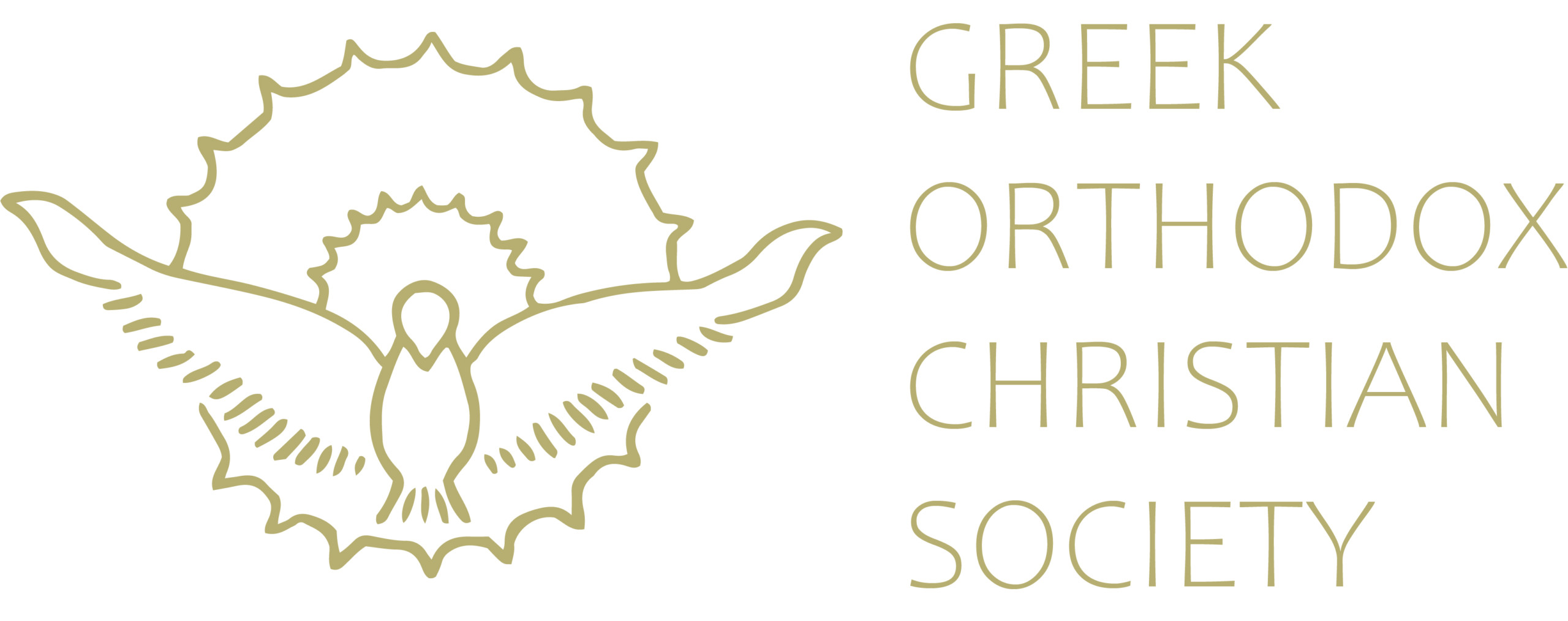Orthodox Saints of the World III
The Spread of Christianity throughout Europe
In the previous articles of this series we discussed how Christianity spread in the Apostolic period. We will now focus on the later centuries when Christianity made its way through Europe, from the Eastern-most parts of the Roman Empire to the West, including Britain.
While Christianity was not recognised by authorities and was subject to intense persecution during the first centuries AD, it nevertheless continued to steadfastly make its way through Europe through the blood of the martyrs. Their lives and deaths have been recorded in the Synaxarion of the Church and are commemorated every day of the liturgical year. Some of these Saints include Sts George and Demetrios the Great-Martyrs, Catherine of Alexandria, Ignatios of Antioch, Panteleimon the Unmercenary, Dionysius of Paris, Alena of Belgium, Clement of Rome, Gregory the Enlightener of Armenia, and millions of other Christians who suffered martyrdom under the yoke of polytheism and secularism.
After the persecutions, great men and women arose in Christianity who became beacons of light for their respective nations and consequently for the entire world. These Saints followed the path of the Apostles and enlightened the rest of the known world. Some of these Saints include Sts Nina the Enlightener of Georgia, Patrick the Apostle of Ireland, Olga of Kiev, Gregory the Illuminator of Armenia, Sava the Enlightener of Serbia, Cyril and Methodius and their disciples the Teachers and Enlighteners of the Slavs, Olaf the King and Enlightener of Norway, Remigius the Apostle to the Franks, and Alban the Protomartyr of Britain. Two examples are mentioned below in more detail:
St Patrick
St Patrick arrived in Ireland in 432 AD. There were also other missionaries active on the southeast coast, but it was Saint Patrick who had the greatest influence and success in preaching the Gospel of Christ, which is why he is known as “The Enlightener of Ireland.” He founded many churches and monasteries across Ireland, but the conversion of the Irish people was no easy task. His autobiographical ‘Confession’ tells of the many trials and disappointments he endured. There was much hostility, and he was assaulted several times. He faced danger and insults and was reproached for being a foreigner and a former slave. There was also the very real possibility that the pagans would try to kill him. Despite the many obstacles, he remained faithful to his calling and he baptised many people into Christ.
Sts Cyril and Methodios
In the 9th century, St Prince Rastislav, the ruler of the Slav state of Moravia (now Czech Republic), sent a request to Byzantium asking for missionaries to bring the Christian Faith to his people in their own language. Frankish missionaries using Latin had already been at work in his land, but he realized that the Faith would be much more meaningful to his people if they could have the Scriptures and the liturgical services in their native tongue. In response to Prince Rastislav’s request, Emperor Michael III and Patriarch St Photios the Great of Constantinople sent two devout and welleducated brothers named Constantine (who became Cyril) and Methodios as missionaries. In Moravia the brothers used this alphabet in translating Church books into the Slavic language, which came to be known as Old Church Slavonic. They taught the alphabet and literacy, introduced the use of Slavonic in the Church services, and began training men for the diaconate and priesthood as the first step in raising up a native clergy for the Moravian Church.
Source: Lychnos October-November 2019


